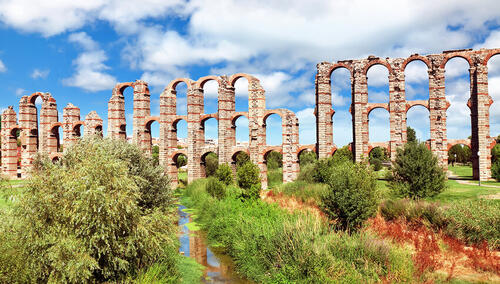Diligent travelers have likely already ticked off major ancient landmarks like Petra, Machu Picchu, and the Pyramids of Giza. Impressive, but what’s next? Here are ten stunning ancient landmarks you’ve never heard of that should make it onto your bucket list.
Chand Baori, India
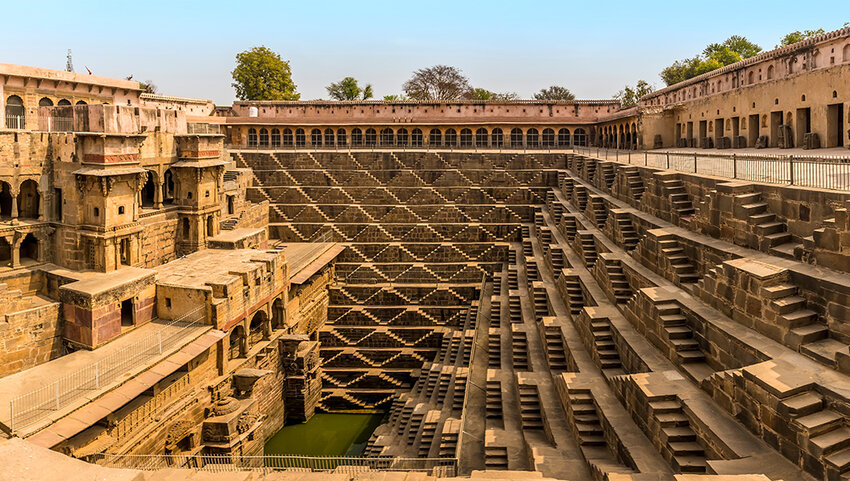
Chand Baori is one of the world’s oldest stepwells. Situated in the eastern part of Rajasthan province, it dates back to the 9th century when its construction was ordered by King Chanda. Around 3500 narrow steps, arranged in a symmetrical pattern, lead down to a subterranean well. Such structures are unique to the Indian subcontinent, and were once the answer to India’s seasonal climate. Extreme fluctuations in rainfall across the different parts of the year meant that civil engineers needed to come up with a solution. Being able to access groundwater whenever it was needed was of great value to local communities. Though Chand Baori no longer serves its original purpose, the play of light on its steps creates beautiful geometric patterns to the delight of visiting tourists.
Pella, Jordan

You’ve most likely heard of Petra, but far fewer people know about Pella. This archaeological site, located near the modern town of Tabaqit Fahl, was first settled around 6,000 years ago. It became more important during the Roman era, when it became one of the ten Levantine settlements of the Decapolis League. By the time of its heyday in Byzantine times, historians estimate that 25,000 people could have lived in Pella. However, it fell into decline during the 6th century and was further impacted by a large earthquake that hit the region in 747 CE. A small population of subsistence farmers continued to inhabit the place but it never enjoyed the prosperity of the past. When the Ottomans came, the remaining population fled and it’s been a ruin ever since.
Kuélap, Peru
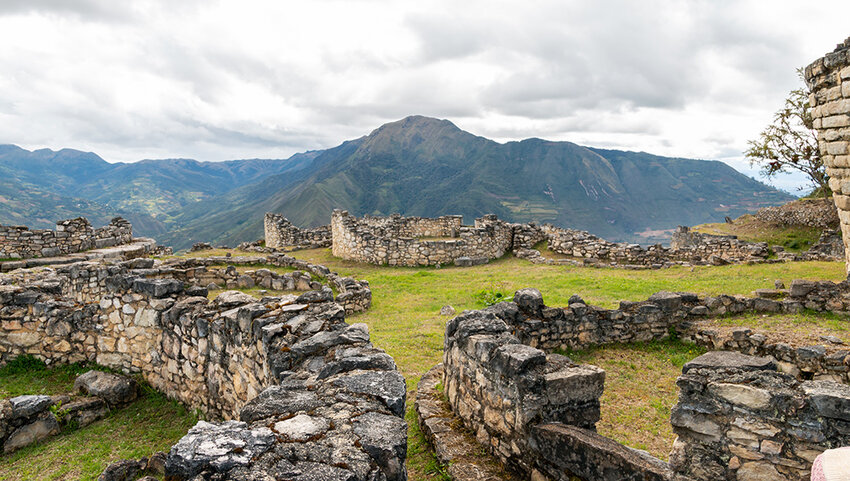
Several million tourists make it to Peru every year and a large proportion of them spend at least some of their trip in the beautiful city of Cusco, jumping off point for Machu Picchu. But there's so much more to see in Peru. Only a fraction of visitors make it to Kuélap, located in the north of the country. The opening of a cable car up to this ancient hilltop fortress boosted visitor numbers, but even so, it flies largely under the radar. Built by the Chachapoyas people, Kuélap is significantly older than its better-known rival. Llamas graze the grassy meadows that separate clusters of the five hundred or so ruined circular huts that still exist. Constructed from limestone and intricately carved, a handful of conical dwellings have been reconstructed by archaeologists, providing a glimpse of what life may have been like up here.
Great Zimbabwe, Zimbabwe

The medieval city that gave the nation of Zimbabwe its name is among Africa's most compelling sights. It’s believed that the oldest part of Great Zimbabwe, the Hill Complex, was built around 900 CE. Later, the Great Enclosure was added; it’s the largest single ancient structure in sub-Saharan Africa. Its dry stone walls towered up to eleven meters high and the city they enclosed could comfortably accommodate 18,000 people. Great Zimbabwe was a flourishing center for trade – Chinese and Persian pottery has been excavated from the site, as have Arab coins. Eventually, the Shona people moved away, perhaps because of overpopulation leading to resource depletion. By the 15th or 16th century, the place was largely abandoned.
Mérida, Spain
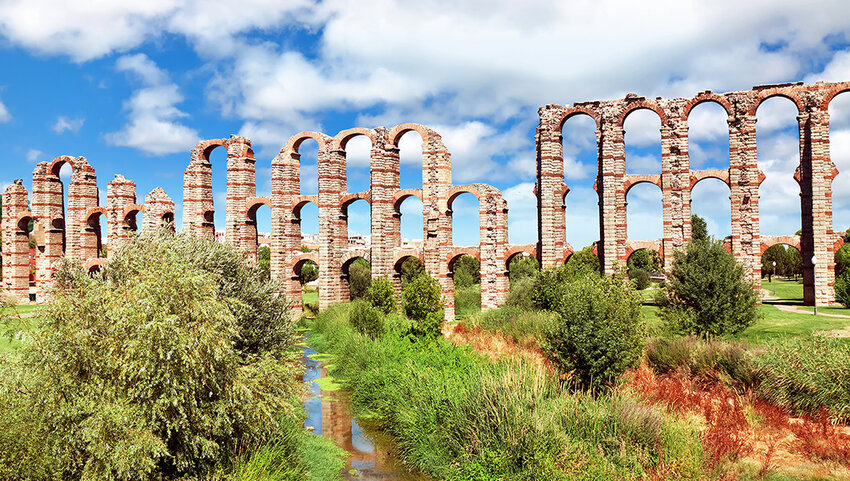
Think of Roman ruins and you’ll recite a long list of places across Europe and North Africa before you remember that the tentacles of that once-great empire reached as far as Spain. Tucked away in the heart of Extremadura, itself one of Spain’s least visited regions, is the city of Mérida, which the Romans knew as Emerita Augusta. There are more Roman-era sites here than in any other place in Spain: even today, ancient buildings crowd the modern center. Few main streets can boast a Roman temple between a bar and shops selling everyday items of clothing. Chariot races would once have taken place on the Hippodrome, which is one of the largest in the Roman Empire. Its theater, adorned with now-decapitated statues, would have seated around 6,000 people, while the amphitheater’s capacity was an even more impressive, housing up to 16,000.
Mnajdra, Malta
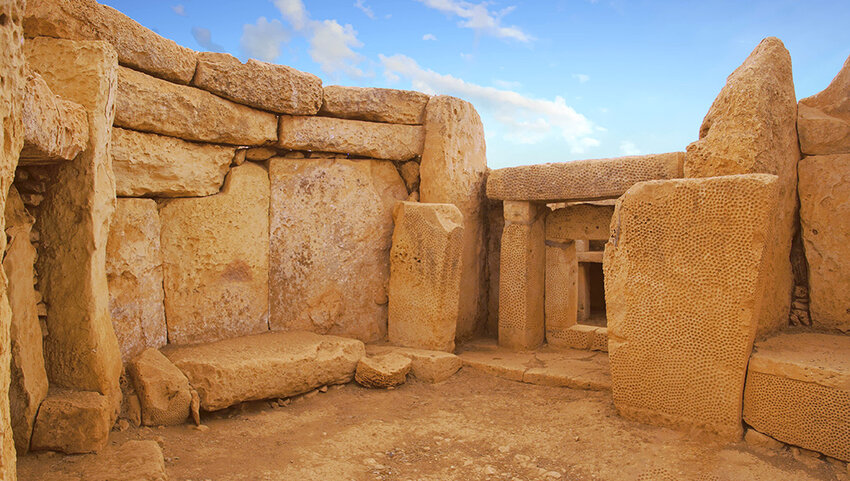
The oldest of the ancient ruins in this selection is Mnajdra, a megalithic temple complex in southern Malta. This Mediterranean gem is something in the region of 5,600 years old, with the oldest structures predating the Pyramids of Giza by a millennium. The temples would once have been used for religious purposes and, some suggest, to promote healing and fertility. One was used for astronomy, aligned so that sunlight on the solstices would illuminate part of the stonework. Less than half a mile down the road is another prehistoric temple, Ħaġar Qim. Though the roof has collapsed and overall it’s a little less ornate than its neighbor, it’s still possible to imagine what it might have looked like when it was built more than five millennia ago.
Koh Ker, Cambodia

A couple of hours’ drive north of Angkor Wat, hidden behind thick forest, is a clearing dominated by a seven-story pyramid. Known as Prang, it’s thought it was the state temple of 10th-century Angkorian king, Jayavarman IV. Koh Ker gets none of the attention enjoyed by Ta Prohm or the Bayon, yet it’s every bit as captivating. Around 20 or so monuments have been excavated and their surroundings de-mined, which only adds to the feeling of intrepid exploration on the part of the few visitors that make the effort to come here. But sadly, the remote location has left the site vulnerable, and looters have plundered many of its statues and sculptures. Don’t let that put you off – where atmosphere’s concerned, this beats the Angkor crowds hands down.
Ha’amonga ‘a Maui, Tonga
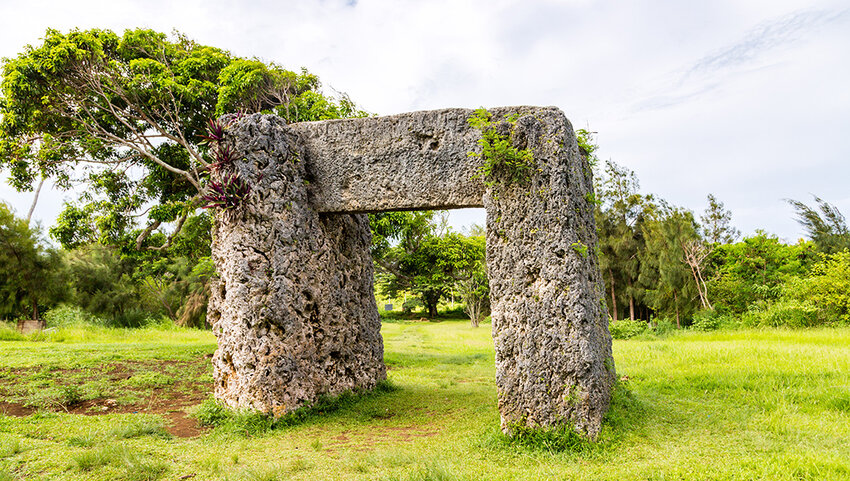
Ha’amonga a’ Maui is a trilithon located in the east of Tongatapu, the largest island in Tonga. Its name refers to a legendary hero called Maui, who is known throughout Polynesia. According to a local folk tale, he brought the slabs of rock to Tonga by canoe as they were too heavy for mortals to lift. Ha’amonga a’ Maui also goes by the nickname Stonehenge of the Pacific. However, it’s not a stone circle like its English counterpart nor is it as old. Though records are sketchy, these three weathered slabs of coral limestone were probably assembled in the early 13th century during the reign of the eleventh Tu’I Tonga. The trio of stones are symbolic, representing the king’s two sons and the bond they shared. Originally, it would have been the gateway to the Royal complex and behind the arch you’ll see a stone throne.
Longmen Grottoes, China

The Longmen Grottoes in central China are a UNESCO World Heritage Site. The site’s remarkable carved Buddhas date from the 5th to the 10th centuries and span two separate dynasties, the Northern Wei and the Tang. In all, it’s thought that there could be almost 110,000 statues hewn from limestone spread over this 17-acre site. Some are tiny, just an inch or so high, while the largest measures 56 feet from top to bottom. Together with around 60 stupas, they perch in more than 2,300 caves and niches cut into the soft rock of the mountainside. Longmen Grottoes are still considered a hidden gem for foreign visitors. Nevertheless, they are achievable as a day trip from Xian thanks to a direct train connection which connects the nearby town of Luoyang to the city that’s home to the famous Terracotta Warriors.
Edzná, Mexico
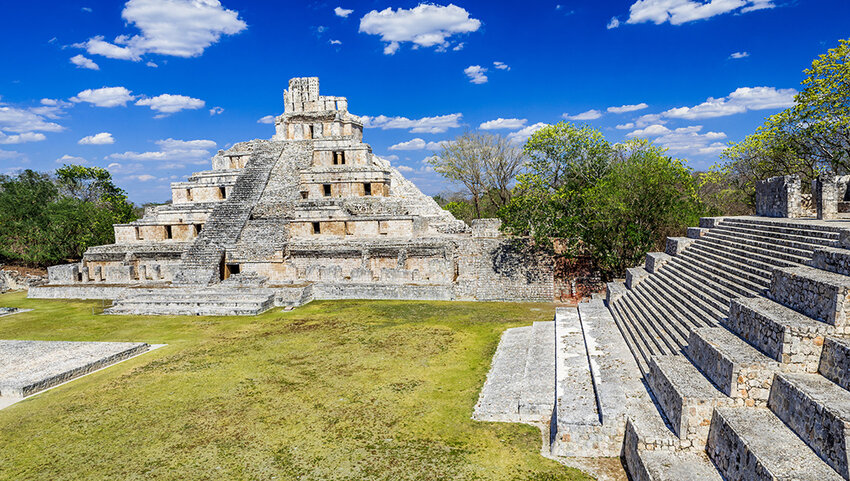
Edzná is less than an hour’s drive from the city of Campeche, and though it receives a fraction of the footfall of Chichen Itza, its ruins are every bit as interesting. The people that lived here built a sprawling complex. It was settled from perhaps 600 BCE until its unexplained decline after the 15th century. The tallest structure here is the Edificio de los Cinco Pisos (Five-Story Building), whose 101 foot height is augmented by the raised platform of the Gran Acrópolis on which it stands. It was constructed so that its rooms would be flooded with natural light. Other highlights include a ball court, the Temple of the Masks where you’ll find adornments depicting the Sun God and a circular building that was probably used for astronomical observations.

